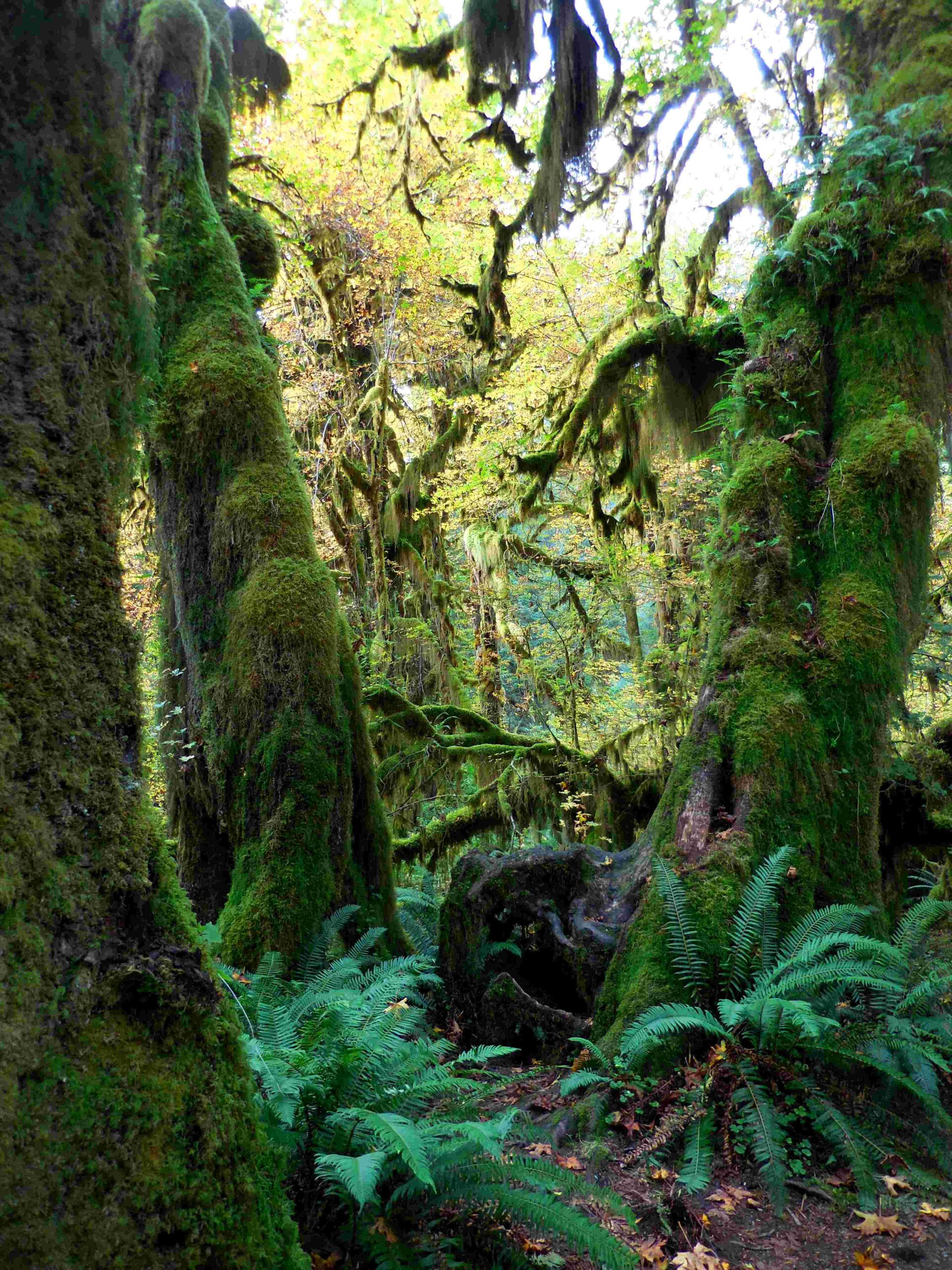The Olympic National Park trail shapefile is a crucial geospatial dataset that provides detailed information about the park’s extensive trail network. This shapefile includes data on trail lengths, elevations, difficulty ratings, and other essential attributes. It’s an invaluable resource for hikers, park managers, and researchers, offering a digital representation of the park’s diverse trail system in a format compatible with Geographic Information Systems (GIS).
What is the Olympic National Park Trail Shapefile?

The Olympic National Park trail shapefile is a geospatial data file that contains information about the trails within Olympic National Park. It’s typically available in the shapefile (.shp) format, which is widely used in GIS applications. This file includes various attributes for each trail segment, such as:
- Trail name
- Length
- Elevation gain
- Difficulty rating
- Trail type (e.g., major, primitive)
- Restrictions or regulations
The shapefile uses a specific coordinate system, usually either a projected system like UTM (Universal Transverse Mercator) or a geographic system such as WGS84 (World Geodetic System 1984). This ensures accurate representation of the trails’ locations and characteristics.
Where Can You Find the Olympic National Park Trail Shapefile?

The Olympic National Park trail shapefile can be obtained from several sources:
- National Park Service (NPS) GIS and Mapping Tools Page: This is the official source for NPS geospatial data, including trail shapefiles.
- ArcGIS Platform: The Olympic National Parks Trails Map is available on ArcGIS, which may include downloadable shapefile data.
To download the shapefile:
- Visit the NPS GIS and Mapping tools page
- Browse the available datasets for Olympic National Park
- Locate the trail shapefile and download it
Alternatively, you can access the Olympic National Parks Trails Map on ArcGIS and check for download options.
What Software Can You Use with the Olympic National Park Trail Shapefile?
To work with the Olympic National Park trail shapefile, you’ll need GIS software that supports the shapefile format. Some popular options include:
- ArcGIS (commercial)
- QGIS (open-source)
- GRASS GIS (open-source)
- MapInfo (commercial)
These software packages allow you to:
- Visualize the trail network
- Analyze trail characteristics
- Create custom maps
- Perform spatial analyses
What Information Does the Olympic National Park Trail Shapefile Contain?
The Olympic National Park trail shapefile typically includes the following information:
- Trail geometries (lines representing the trail paths)
- Trail names
- Trail lengths
- Elevation profiles
- Difficulty ratings
- Trail types (e.g., major, primitive)
- Accessibility information
- Restrictions or regulations
This data allows users to:
- Plan hiking routes
- Assess trail difficulty
- Identify accessible trails
- Locate amenities along trails
How Accurate is the Olympic National Park Trail Shapefile?
The accuracy of the Olympic National Park trail shapefile is generally high, as it adheres to Geospatial Data Standards required by the National Park Service. However, it’s important to note:
- Trail conditions can change due to weather, maintenance, or natural events
- The shapefile may not reflect recent trail modifications or closures
- GPS accuracy can vary in dense forest or steep terrain
For the most up-to-date information, it’s always best to check with park rangers or the official Olympic National Park website.
What are the Accessibility Features in the Olympic National Park Trail Shapefile?
The Olympic National Park trail shapefile often includes information about trail accessibility. This can include:
- Wheelchair-accessible trails
- Trail surface types
- Gradient information
- Locations of accessible amenities (e.g., restrooms, parking)
Some examples of accessible trails in Olympic National Park include:
- Hurricane Ridge area trails (some paved sections)
- Madison Falls Trail (short, paved trail)
- Hall of Mosses Trail (partially accessible)
Always check current conditions before visiting, as accessibility can change due to weather or maintenance.
How Can Researchers Use the Olympic National Park Trail Shapefile?
Researchers can utilize the Olympic National Park trail shapefile for various studies:
- Ecological Impact Assessment: Analyze the relationship between trail networks and wildlife habitats.
- Visitor Use Patterns: Study how trail characteristics influence visitor distribution and behavior.
- Conservation Planning: Identify areas of high use or ecological sensitivity for targeted conservation efforts.
- Climate Change Impact: Assess how changing climate conditions might affect trail conditions and accessibility.
What are the Limitations of the Olympic National Park Trail Shapefile?
While the Olympic National Park trail shapefile is a valuable resource, it has some limitations:
- Temporal Accuracy: The shapefile may not reflect recent changes to trails due to natural events or park management decisions.
- Attribute Completeness: Some trails may have incomplete or outdated attribute information.
- Spatial Resolution: The level of detail may vary across different areas of the park.
- Seasonal Variations: The shapefile typically doesn’t capture seasonal changes in trail conditions.
Users should be aware of these limitations and supplement the shapefile data with current information from park authorities when necessary.
How Often is the Olympic National Park Trail Shapefile Updated?
The update frequency of the Olympic National Park trail shapefile can vary. Factors influencing updates include:
- Changes in trail conditions
- New trail construction or decommissioning
- Improvements in data collection methods
To ensure you’re working with the most current data:
- Check the metadata for the last update date
- Contact the National Park Service GIS team for information on update schedules
- Cross-reference with recent park bulletins or trail condition reports
Regular updates help maintain the accuracy and usefulness of the shapefile for park management, visitor planning, and research purposes.

